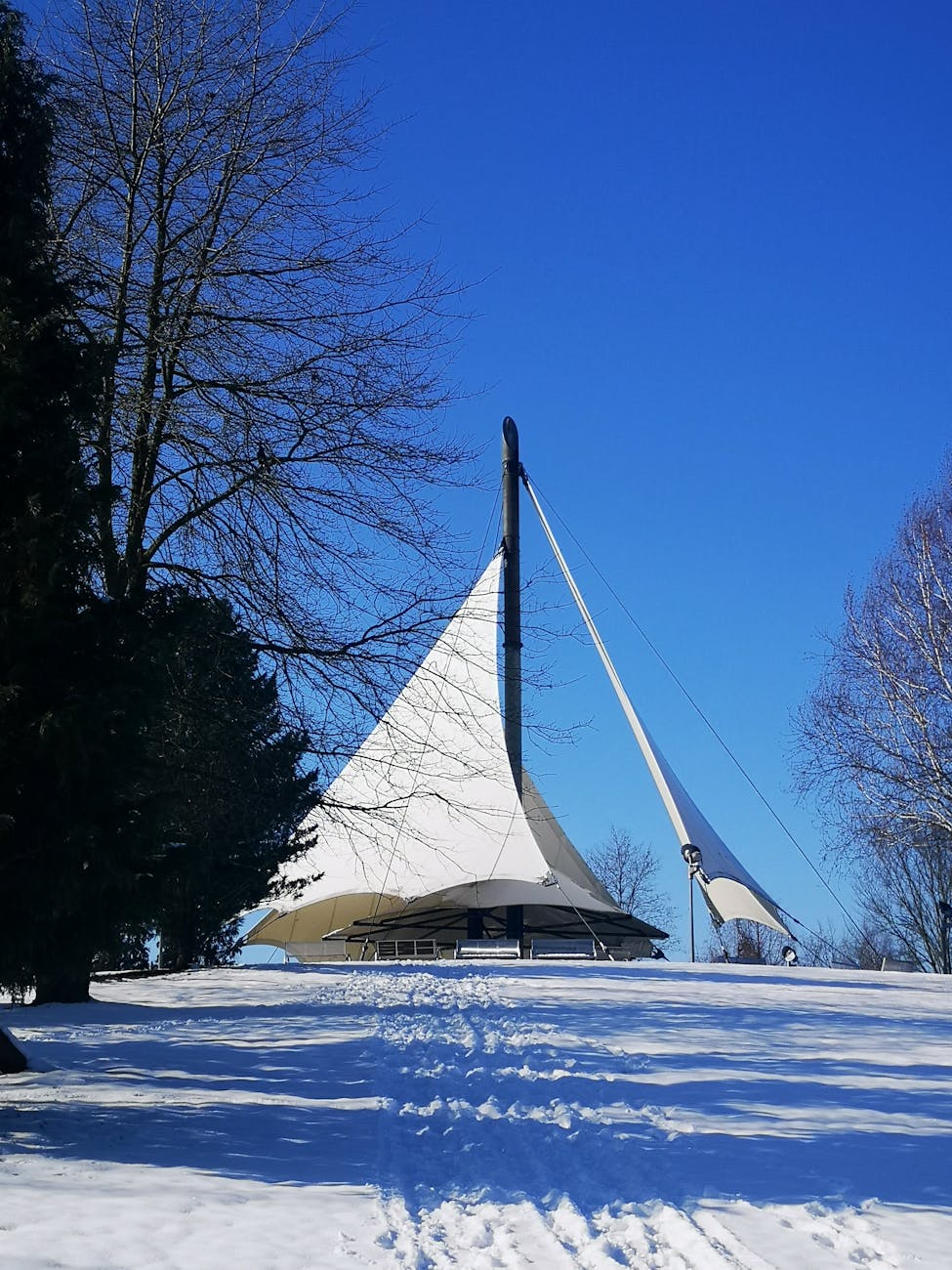Table of Contents
- Introduction
- Impact of Pilgrimages on Nature
- Preservation of Hidden Gems
- Cultural Significance of Pilgrimages
- Sustainable Pilgrimage Options
- A Positive Future for Pilgrimages
- FAQ
Introduction
In our fast-paced world, seeking solace and meaning often leads to the exploration of ancient paths and sacred sites. Pilgrimages, steeped in history and spirituality, attract countless travelers yearning for connection, reflection, and renewal. However, with this rising trend, the enchanting landscapes inhabited by these venerable routes are facing pressures that could alter their very existence.
While concerns over environmental degradation are valid, it’s essential to explore how the very act of pilgrimage can inspire conservation efforts and promote a deeper appreciation for nature’s beauty. Through sustainable practices and responsible tourism, the connection between spirituality and nature can flourish, ensuring that these hidden gems not only survive but thrive for generations to come.
Impact of Pilgrimages on Nature
The excitement that accompanies a pilgrimage often leads individuals to some of the most breathtaking natural spots on Earth. However, this influx of visitors can result in consequences that alter ecosystems and disrupt the balance of flora and fauna. Increased foot traffic can lead to soil erosion, damaged trail environments, and even littering in previously pristine areas. Beyond that, the challenge lies in managing the delicate equilibrium between spiritual pursuits and environmental conservation, which, if not handled carefully, can lead to irreversible damage.
Yet, it is imperative to recognize the potential benefits generated by these journeys. Pilgrimage sites often benefit from revitalization campaigns funded by tourism revenue. These initiatives focus on preservation and education, promoting awareness about the surrounding environment. By highlighting the significance of these sites, pilgrims can foster a sense of stewardship, ensuring nature’s hidden gems remain intact even amidst the throngs of visitors. Thus, it’s crucial to navigate the fine line between exploration and responsibility to fully embrace everything these remarkable journeys offer.
Preservation of Hidden Gems
Interestingly, the growing popularity of pilgrimages has sparked renewed interest in conservation efforts specific to these hidden gems. Local communities are beginning to recognize the value of preserving their natural and cultural heritage. This renewed focus not only safeguards these areas for future generations but also aids in sustaining the livelihoods of those who dwell nearby.
Moreover, when pilgrims actively participate in clean-up events or conservation initiatives, they help cultivate a profound bond with nature. Such activities not only enhance the experience of the pilgrimage but also instill a sense of purpose within each traveler. By engaging with the local environment and giving back, pilgrims can become instrumental in preserving the hidden gems they cherish, ensuring that they endure for many more souls to discover.
Cultural Significance of Pilgrimages
When speaking of pilgrimages, one must consider their broader implications beyond the physical landscape. These spiritual journeys encapsulate the intertwining of personal reflection with cultural identity. They build bridges between generations and cultures, fostering understanding and promoting shared values. Immersing oneself in the stories and traditions of such sites can lead to a deeper appreciation for biodiversity and ecological interconnectedness.
Through this lens, pilgrimages can serve as a platform for advocacy, encouraging a collective commitment to protect these culturally significant locations. By participating in activities that emphasize the interdependence of culture and nature, travelers can elevate their experience, nurturing a deeper sense of responsibility for the landscapes they traverse. When pilgrims view themselves as guardians of sacred places, the likelihood of promoting conservation grows exponentially.
Sustainable Pilgrimage Options
As awareness of environmental challenges continues to rise, sustainable pilgrimage options are emerging, providing travelers with a way to tread lightly on the land. Innovative approaches include eco-friendly accommodations, efficient transportation methods, and low-impact hiking practices. Pilgrims are increasingly being drawn to opportunities that align with their values, seeking experiences that bolster both their spiritual journeys and their commitment to the Earth.
Beyond that, various organizations actively promote guidelines for sustainable pilgrimage practices, encouraging travelers to respect local customs, support local economies, and minimize their ecological footprints. Efforts such as carbon offset programs and wildlife protection measures further exemplify the harmony that can be achieved between exploration and preservation. By embracing sustainability, pilgrims can enjoy their spiritual paths without sacrificing the integrity of the stunning environments that host them.
A Positive Future for Pilgrimages
In envisioning a future where pilgrimages harmonize with nature preservation, one can be filled with hope. With rising awareness and education, travelers can foster a culture of respect and guardianship for sacred sites. This transformative perspective not only deepens individual experiences but also galvanizes communities into action, inspiring them to advocate for environmental stewardship.
Pilgrimages stand at a pivotal junction, where spiritual exploration converges with environmental responsibility. Unsurprisingly, this intersection can yield monumental benefits, giving rise to initiatives that promote harmony with nature while sustaining its hidden treasures. By engaging empathetically and consciously, pilgrims not only elevate their own journeys but also contribute to a legacy of conservation that will resonate through time.
FAQ
Are all pilgrimages harmful to nature?
Not all pilgrimages have a detrimental effect; many can promote conservation and community efforts to protect natural areas.
How can pilgrims ensure they are being environmentally responsible?
Travelers can choose eco-friendly accommodations, support local businesses, and engage in trail care activities to minimize their impact.
Is it possible to enjoy a pilgrimage while protecting the environment?
Absolutely! By following sustainable practices, pilgrims can nurture their connection to nature while also protecting it for future generations.
What role do local communities play in preserving pilgrimage sites?
Local communities are vital in protecting these sites, as they often lead conservation initiatives and educate visitors about the significance of these locations.
Can technology assist in promoting sustainable pilgrimages?
Yes, technology can help by providing resources and platforms for travelers to discover sustainable options and connect with conservation efforts.
Image Credit: Pexels





